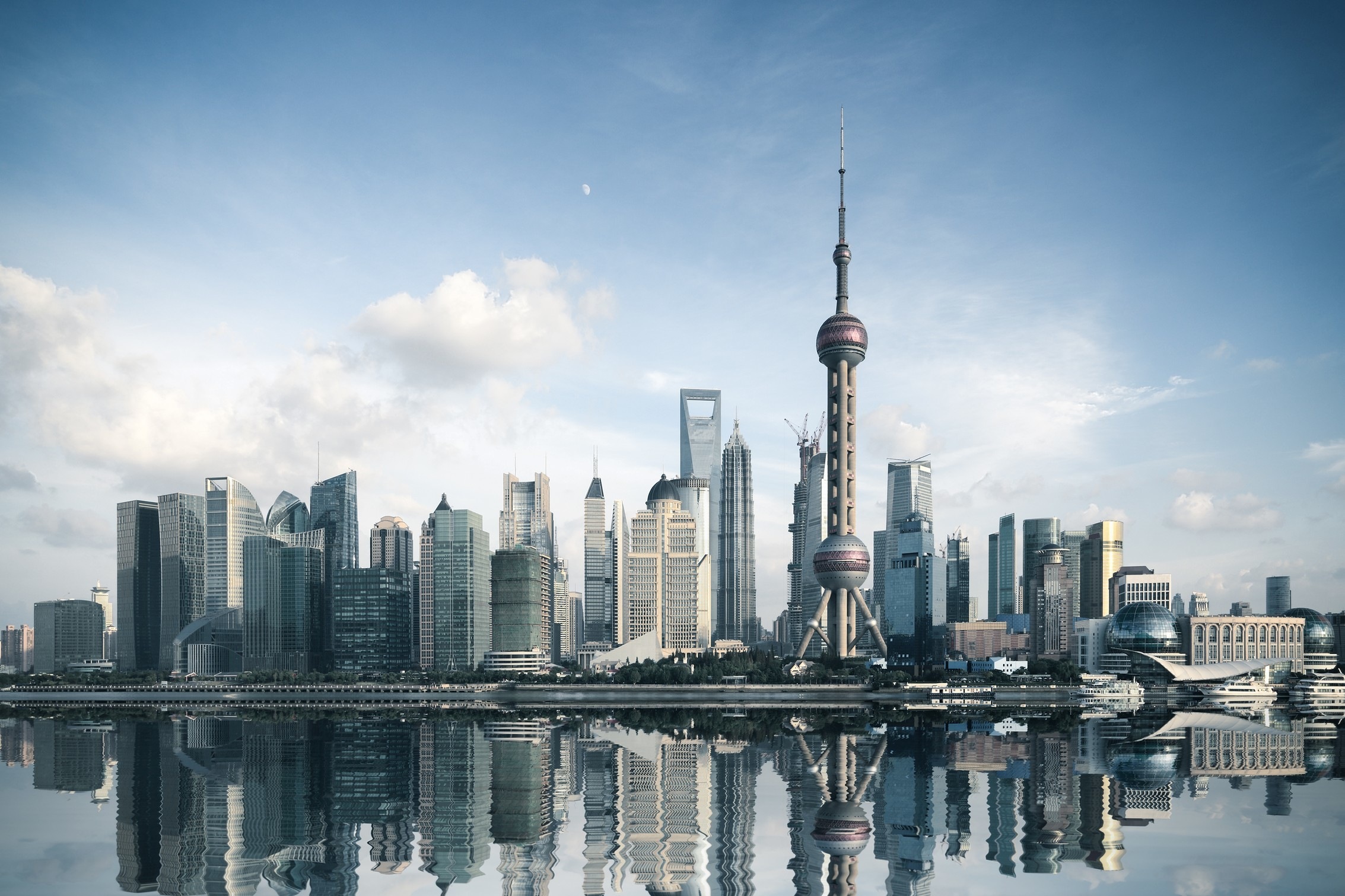Sponsored Content
Rathbones Investment Management International assistant investment manager Connor Spence says the country faces many challenges
NOT so long ago, it seemed inevitable that China would soon overtake the US to become the world’s largest economy, and many still regard it as a place to invest for superior growth opportunities relative to other alternative major markets.
Yet, we are already well over a decade into a structural slowdown in the Chinese economy, and our analysis of what is reflected in market pricing suggests that investors have not fully accounted for China’s diminished longer-term growth prospects.
While scrapping the zero-Covid restrictions and a more supportive government policy means China’s economy should rebound strongly this year, the longer-term challenges the country faces remain unchanged, and we think that this rebound will eventually succumb to structurally slower growth. In addition, increasing geopolitical tensions make China a considerably tougher environment for foreign investors.

-
Swimming against the demographic tide
China’s working-age population rose rapidly during its golden age of growth in the 2000s but broadly stagnated in the 2010s and is now starting to decline. Forecasts of an accelerating contraction in fertility/birth rates as the decade goes on is also a dissuasive demographic factor.
-
Capital: The limitations of China’s investment-led model
During the 2000s and 2010s, China grew its capital stock at an unprecedented rate but there are clear reasons to doubt this will continue. The relevant historical data include housebuilding, which, until the current downturn, grew rapidly amid a steadily increasing and urbanising population, whereas current housing demand is showing a marked decline.
Also included were infrastructure developments – many of them one-off projects such as road and high-speed rail networks – which took place on a massive scale, but which will not be repeated at that level in the future.
-
Productivity: More state control, more decoupling from the west
Since 2000, China has grown from a low- to a middle-income economy. History demonstrates that the next step – breaking out of the middle-income bracket to become a rich country, calculated on a per capita basis – is much more difficult and, to achieve it, China will need to deliver consistent productivity growth.
One inhibiting factor is the increasingly controlling role of the state in the economy, and another is the progressively hostile external trade and investment environment, with the US committed to a much tougher line on China.
All of this, together with growing legal and practical hurdles, may make buying Chinese equities increasingly unappealing for foreign investors.






